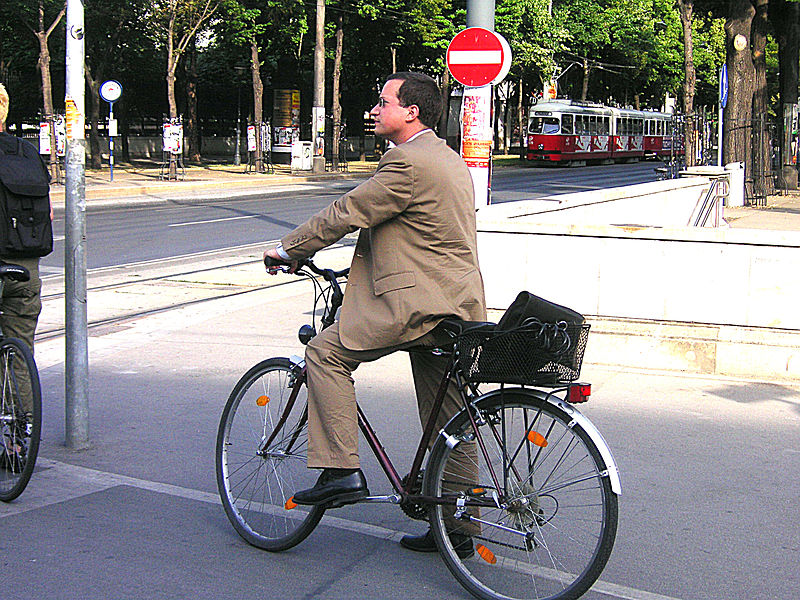In the gymnasium of a South London technical school, site of this year’s World Memory Championships, Norwegian Ola Kaere Risa checks his stopwatch.
Risa is Norway’s only contestant this year.
"I hope to defend the glory of my country," he says, laughing.
The 21st World Memory Championships are under way in London this weekend. About 75 competitors from some two dozen countries are vying to see who can memorize the most numbers, faces, playing cards or random words in a set amount of time.
Related NPR Stories
A brain made from colored gears appears inside a gray human head.
Shots – Health Blog
Middle-Aged Brains Are Already Past Their Prime
PET scans of the brains of a person with normal memory ability and someone diagnosed with Alzheimer’s
Shots – Health Blog
Memory Quizzes Still Best For Alzheimer’s Diagnosis
Research shows that under certain circumstances, we can train ourselves to forget details about particular memories.
Shots – Health Blog
Can We Learn To Forget Our Memories?
Walking shoes
Fitness & Nutrition
Stand Up, Walk Around, Even Just For ’20 Minutes’
Dong Xun, 10, is a competitor from China. His best event? Abstract images.
"I want to remember 250 this time," he says.
Yudi Lesmana’s best trick? The competitor from Indonesia says he can memorize about 25 decks of cards an hour.
These mental athletes are boosting their brain power while most of us are outsourcing ours into the nearest memory chip.
Nelson Dellis, the U.S. memory champion, says that in practice, he can memorize a deck of cards in about 32 seconds.
Dellis is ranked 24th in the world. His grandmother’s death from Alzheimer’s disease prompted him to work on his own terrible memory, he says.
Now, he helps companies and individuals do the same.
"Because people realize that they’re not using their brains as much," says Dellis. "They notice that they don’t remember numbers or addresses because they’re always typing them into their smartphones, you know?"
At the opening ceremony of the championships, the chief statistician of the event — Phil Chambers — receives a wild round of applause, perhaps one of the few places on the planet where this happens.
"You are warriors of the mind," competition co-founder Tony Buzan tells the crowd. Buzan — an expert on the brain and the thinking process, and inventor of mind mapping — says many of the strongest competitor nations have long traditions of memory work.
"China — 10,000 years ago, they started to develop systems that helped children remember. In Japan: the same. The Indian, the Arabic nations: extraordinary memory systems," he says.
Across the hall, officials — their title is "arbiter" — shuffle decks of cards and double-check columns of words and numbers.
Co-founder and chess grandmaster Raymond Keene says few here are human calculators or prodigies born with photographic memories.
"Everybody has their own way of creating the ability to memorize the facts they want to memorize," he says. "So they aren’t machines — most of them, some of them are dyslexic, and they fought against that to get where they are."
Just ordinary people, he says, who have trained their brains to do extraordinary things.
Share
Facebook
Twitter
Email
23Comment
via Ready. Set. Memorize! : NPR.



